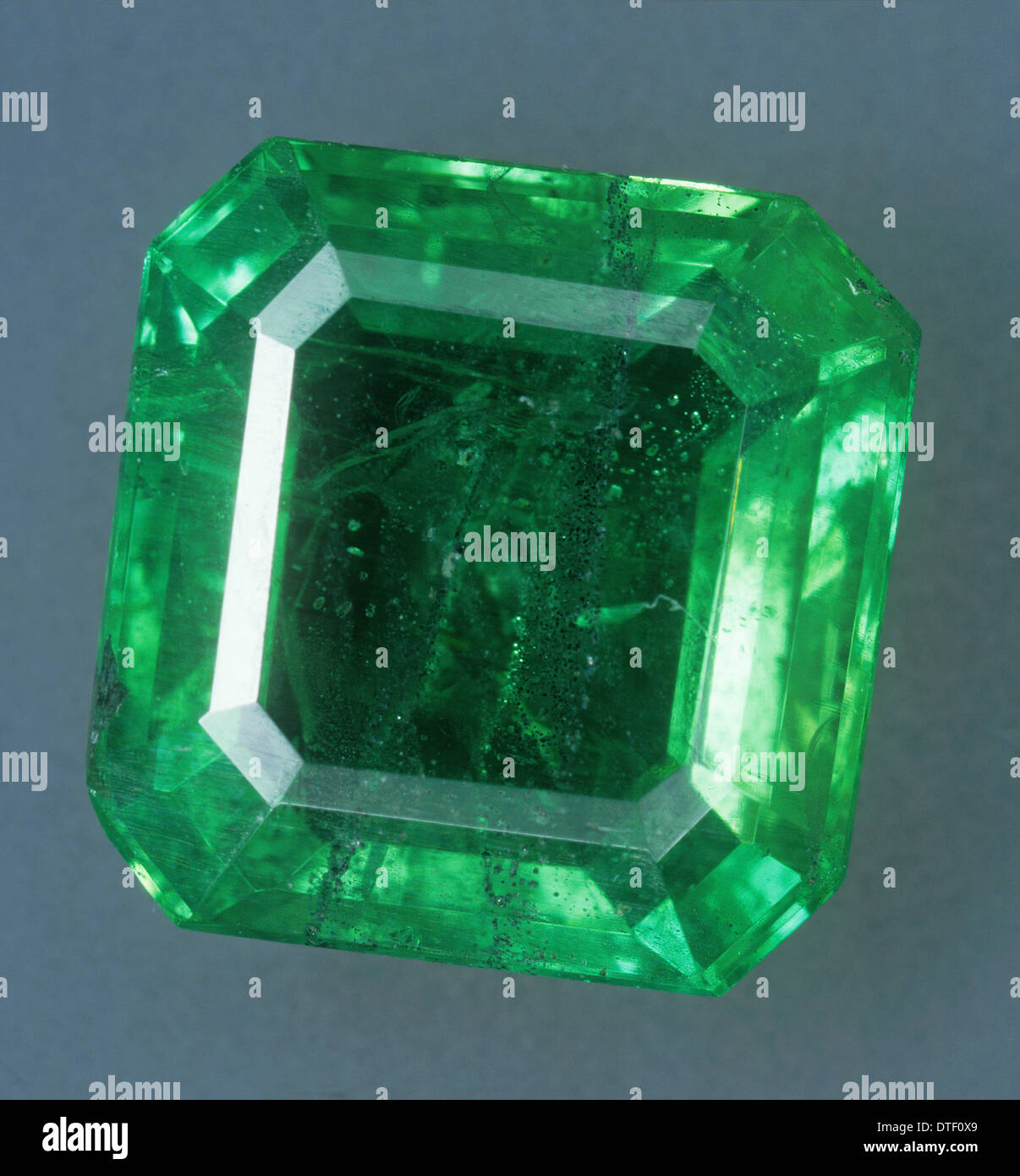Hey there, science enthusiasts! Are you ready to dive deep into the world of magnesium iron silicate hydroxide formula? If you're anything like me, you probably hear "chemical formula" and immediately think of complex equations and lab coats. But don’t worry, I’m here to break it down for you in a way that’s super easy to understand. Whether you're a student, a science lover, or just curious about the world around you, this article has got you covered!
Now, you might be wondering, why should you care about magnesium iron silicate hydroxide? Well, my friend, this compound plays a massive role in the formation of some of the most fascinating minerals on our planet. It’s like the secret ingredient that gives certain rocks their unique properties. So, buckle up because we’re about to embark on a scientific journey that’s both informative and fun!
Before we jump into the nitty-gritty details, let me just say this—chemistry doesn’t have to be boring. In fact, it’s downright fascinating when you start connecting the dots between these complex formulas and the real world. And trust me, by the end of this article, you’ll have a newfound appreciation for magnesium iron silicate hydroxide formula and its importance in geology and beyond.
- Nc Skip The Games The Ultimate Guide To Leveling Up Your Dating Game
- Unlock The Power Of Wheor Your Ultimate Guide To Success
Table of Contents
What is Magnesium Iron Silicate Hydroxide Formula?
The Science Behind the Compound
- Unlock Your Property Secrets A Comprehensive Guide To Larimer County Assessor Property Search
- Nathan Fillion Height The Inside Scoop Yoursquove Been Waiting For
Minerals Containing Magnesium Iron Silicate Hydroxide
Current Research and Developments
What is Magnesium Iron Silicate Hydroxide Formula?
Alright, let’s get down to business. The magnesium iron silicate hydroxide formula is essentially a chemical representation of a compound that contains magnesium, iron, silicon, oxygen, and hydrogen. It’s often associated with minerals like serpentine, which are found in metamorphic rocks. This formula is written as Mg3Si2O5(OH)4 or Fe3Si2O5(OH)4, depending on the specific composition.
But why does this matter? Well, these compounds are crucial in understanding the geological processes that shape our planet. They’re like the building blocks of certain types of rocks, and they help scientists piece together the Earth’s history. Plus, they’re not just limited to our planet—similar compounds have been found on other celestial bodies, making them a hot topic in planetary science.
The Science Behind the Compound
Now, let’s take a closer look at what makes this compound so special. Magnesium iron silicate hydroxide is essentially a mix of elements that come together under specific conditions. Think of it like a recipe—just like how you need flour, sugar, and eggs to make a cake, you need magnesium, iron, silicon, oxygen, and hydrogen to create this compound.
The formation of this compound usually occurs in environments where there’s a lot of heat and pressure, like deep within the Earth’s crust. It’s also influenced by factors like water availability and the presence of other minerals. This means that the conditions have to be just right for this compound to form, which makes it all the more fascinating.
Breaking Down the Formula
Let’s break down the magnesium iron silicate hydroxide formula piece by piece. The basic structure is Mg3Si2O5(OH)4. Here’s what each part means:
- Mg: This stands for magnesium, a metal that’s pretty abundant in the Earth’s crust.
- Si: Silicon is another key player here, and it’s often found in combination with oxygen to form silicates.
- O: Oxygen is essential for the formation of this compound, and it bonds with silicon to create the silicate structure.
- (OH): This is the hydroxide part of the formula, which includes hydrogen and oxygen. It’s what gives this compound its unique properties.
When you put it all together, you get a compound that’s both complex and fascinating. And the cool thing is, the ratio of magnesium to iron can vary, which leads to different variations of the compound.
Why is the Formula Important?
The magnesium iron silicate hydroxide formula is important because it helps scientists understand the composition of minerals and rocks. By studying this formula, researchers can learn more about the conditions under which these minerals form and how they interact with their environment. This knowledge is crucial for fields like geology, mining, and environmental science.
Real-World Applications
So, what’s the practical use of magnesium iron silicate hydroxide? Well, it turns out that this compound has a wide range of applications. For starters, it’s commonly found in metamorphic rocks, which are often used in construction and landscaping. These rocks are prized for their durability and aesthetic appeal.
But that’s not all. Magnesium iron silicate hydroxide also plays a role in the formation of asbestos, a material that was once widely used in insulation and fireproofing. However, due to health concerns, its use has been largely phased out. Still, understanding this compound is crucial for managing asbestos-containing materials safely.
Other Uses
Beyond construction and asbestos, magnesium iron silicate hydroxide has applications in:
- Environmental remediation: Some forms of this compound can help remove contaminants from soil and water.
- Scientific research: Researchers study this compound to better understand geological processes and the formation of planets.
- Industrial applications: It’s used in the production of ceramics and other materials that require high heat resistance.
Key Properties
Now, let’s talk about the properties that make magnesium iron silicate hydroxide so unique. First and foremost, it’s a silicate mineral, which means it’s composed of silicon and oxygen. Silicates are the most abundant minerals on Earth, making up about 90% of the Earth’s crust.
Some of the key properties of this compound include:
- Hardness: It’s relatively soft compared to other minerals, which makes it easier to work with in certain applications.
- Color: The color can vary depending on the specific composition, ranging from green to brown.
- Luster: It often has a waxy or silky luster, which gives it a unique appearance.
- Cleavage: It has a distinct cleavage pattern, which is important for identifying the mineral in the field.
What Makes it Unique?
One of the things that makes magnesium iron silicate hydroxide unique is its ability to form under a wide range of conditions. Whether it’s in the depths of the Earth’s crust or on the surface, this compound can adapt and thrive. This adaptability makes it an important player in the geological processes that shape our planet.
Impact on the Environment
As with any natural resource, the impact of magnesium iron silicate hydroxide on the environment is something to consider. While the compound itself isn’t inherently harmful, the processes involved in extracting and using it can have environmental consequences.
For example, mining operations can disrupt ecosystems and lead to soil erosion. Additionally, the use of asbestos-containing materials has raised health concerns, leading to stricter regulations and safer alternatives. However, when managed properly, the benefits of this compound can outweigh the risks.
Sustainable Practices
To minimize the environmental impact, scientists and industries are exploring more sustainable practices. This includes:
- Recycling: Reusing materials that contain magnesium iron silicate hydroxide can reduce the need for new mining operations.
- Alternative materials: Researchers are developing safer alternatives to asbestos for use in construction and other industries.
- Environmental monitoring: Regular monitoring of mining sites and industrial operations can help ensure that environmental standards are being met.
Minerals Containing Magnesium Iron Silicate Hydroxide
There are several minerals that contain magnesium iron silicate hydroxide, each with its own unique properties and uses. Some of the most well-known include:
- Serpentine: A group of minerals that are commonly found in metamorphic rocks. Serpentine is known for its green color and waxy luster.
- Talc: A soft mineral that’s often used in cosmetics and other products. Talc is prized for its smooth texture and ability to absorb moisture.
- Asbestos: Although its use has declined due to health concerns, asbestos was once widely used for its fire-resistant properties.
Why Study These Minerals?
Studying minerals that contain magnesium iron silicate hydroxide is important for understanding the geological processes that shape our planet. By examining these minerals, scientists can learn more about the conditions under which they form and how they interact with their environment. This knowledge can then be applied to fields like geology, mining, and environmental science.
Extraction and Production
The extraction and production of magnesium iron silicate hydroxide involve several steps. First, the raw materials are mined from the Earth’s crust. This can be done through open-pit mining or underground mining, depending on the location and accessibility of the deposit.
Once the raw materials are extracted, they’re processed to remove impurities and prepare them for use. This can involve crushing, grinding, and chemical treatment to isolate the desired compound. The final product is then used in a variety of applications, from construction to scientific research.
Challenges in Extraction
While the extraction of magnesium iron silicate hydroxide is essential for many industries, it’s not without its challenges. Some of the main challenges include:
- Environmental impact: Mining operations can disrupt ecosystems and lead to soil erosion.
- Health concerns: The use of asbestos-containing materials has raised health concerns, leading to stricter regulations.
- Economic factors: Fluctuations in the market can affect the profitability of mining operations.
Current Research and Developments
Research into magnesium iron silicate hydroxide is ongoing, with scientists exploring new ways to use this compound in various fields. One area of interest is its potential applications in environmental remediation. Researchers are studying how this compound can be used to remove contaminants from soil and water, offering a more sustainable solution to pollution problems.
Another area of focus is the development of safer alternatives to asbestos. Scientists are working on creating materials that offer the same benefits without the associated health risks. This research could have a significant impact on industries like construction and manufacturing.
Future Directions
Looking ahead, the future of magnesium iron silicate hydroxide research is bright. With advancements in technology and a growing focus on sustainability, scientists are uncovering new ways to harness the power of this compound. From environmental applications to industrial innovations, the possibilities are endless.
Future Prospects
As we continue to explore the world of magnesium iron silicate hydroxide, the future looks promising. With ongoing research and developments, we’re likely to see new applications and innovations in the years to come. Whether it’s in environmental remediation, construction, or scientific research, this compound is sure to play a key role in shaping the future.
And who knows? Maybe one day we’ll discover even more fascinating properties of magnesium iron silicate hydroxide that we haven’t even thought of yet. The possibilities are truly endless!
Final Thoughts
So there you have it, folks—a comprehensive guide to magnesium iron silicate hydroxide formula. From its composition and properties to its real-world applications and environmental impact, we’ve covered it all. Whether you’re a science enthusiast or just curious about the world around you, I hope this article has given you



Detail Author:
- Name : Beaulah Crist PhD
- Username : sydnee.bednar
- Email : kim.haag@yahoo.com
- Birthdate : 1995-02-03
- Address : 638 Mante Course Suite 161 East Rylan, DC 84839-0532
- Phone : 469-922-1704
- Company : Huel-Gaylord
- Job : Biomedical Engineer
- Bio : Vitae ipsa amet necessitatibus et nemo. Est quia aut inventore debitis repellendus. Molestias maiores et dignissimos.
Socials
instagram:
- url : https://instagram.com/melbamann
- username : melbamann
- bio : Asperiores asperiores dolores iure et. Molestiae accusantium consequuntur rerum voluptas aut quia.
- followers : 4230
- following : 1582
twitter:
- url : https://twitter.com/melba_mann
- username : melba_mann
- bio : Dolor repellendus quibusdam enim molestiae. Quod at vitae ut vel nihil itaque a. Quia cumque sint rerum alias delectus labore.
- followers : 2566
- following : 847